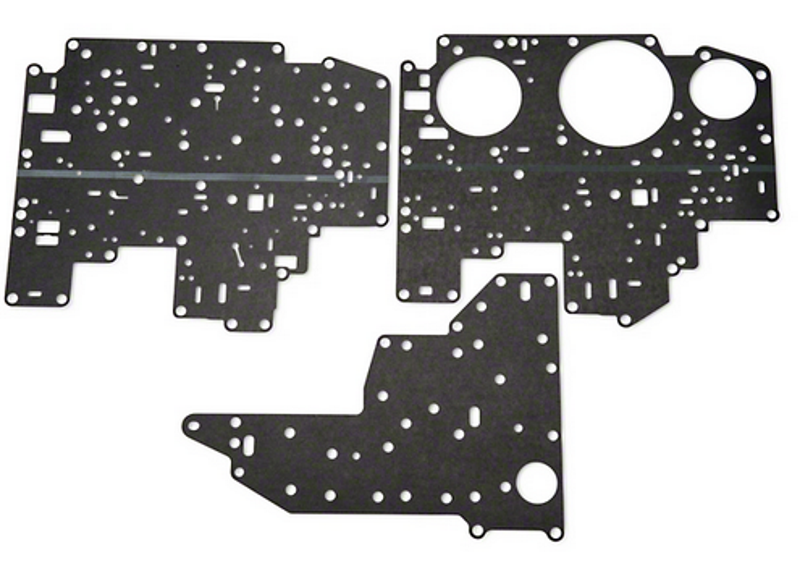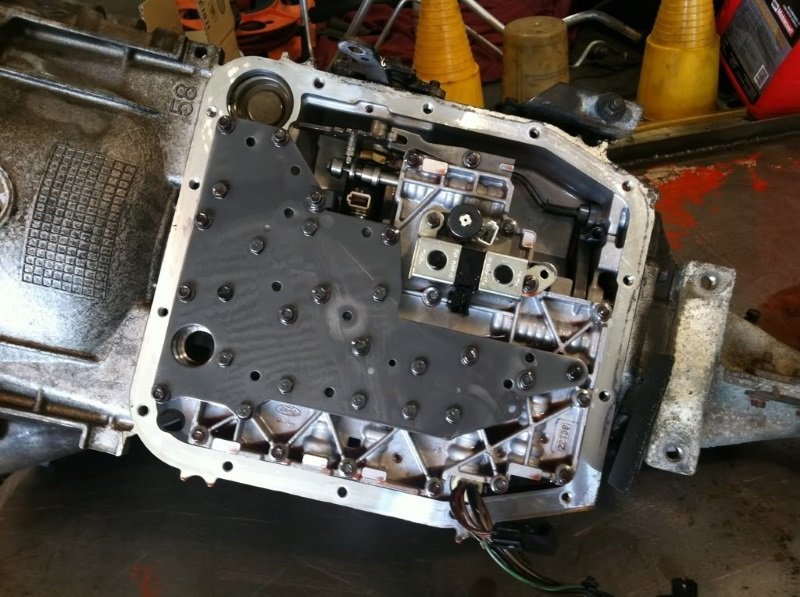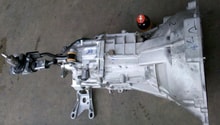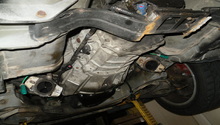Ford Mustang GT 1996-2004: Why You Should Upgrade to an Automatic Transmission
If you are serious about drag racing or want an easier car to drive, then an automatic transmission swap is for you! Find out how to do this in the article below.
This article applies to the Ford Mustang (1996-2004).
Automatic transmissions are loved for there convenience and potential. By removing the work required during clutch shifting, acceleration times can be reduced and fuel economy increased. Drag racers commonly switch to an automatic transmission to eliminate the risk of missed shifts. When combined with modified torque converters, automatic transmission can be used to reduce sixty foot times. Drivers can focus more on the tree and set their engine rpm launch point at the engine's highest power output.
Component Breakdown
Torque Converter
Torque converters in an automatic transmission perform the same function as a clutch in a manual transmission. The torque converters front cover spins with the engine. The impeller (also apart of the cover) contains vanes that transfer fluid to the stator, then the turbine. The turbine is splined to the transmission shaft and transfers its energy through the transmission. Unlike a manual transmission, there is no mechanical connection to the engine with an automatic transmission. This allows the engine to idle without stalling. For drag racing applications, high stall torque converters are used. High stall torque converters are specially machined to reduce fluid coupling until a certain stall speed is reached. At the torque converter's rated stall speed, the fluid coupling is strong enough that the engine can no longer increase stall speed. Drag racers select there torque converters stall speed near the engine maximum power band.

Shift Kit
Shift kits firm up and shorten the time between gear changes. In addition, some shift kits allow the driver to manually change gears. Common shift kits components include stronger springs, modified valves, and stronger snap rings.

Transmission Oil Cooler
An oil cooler is used to maintain the transmission fluids cooling ability and condition. Once transmission fluid reaches over 300 degrees, the fluid loses its ability to lubricate. Oil coolers are commonly used on racing applications to counter the effects caused by high rpm launches and quick shifts.

Transbrake
A transbrake allows your Mustang to hold the torque converter's stall speed without moving. First gear and reverse are applied simultaneously to keep you stationary. Transbrakes do not rely on the brakes strength unlike a foot brake launch. A transbrake is the key to consistent and hard launches at the track.

Deep Sump Aluminum Oil Pan
The advantages to a deep sump aluminum pan are increased fluid capacity and cooler fluid. Aluminum transfers heat better to the outside air than some metals, including iron. More heat is taken away from the fluid during this process. Increased fluid capacity increases the time it takes for the fluid to reach over operating temperature.

Scheduled Maintenance
Anytime transmission fluid is heated over 300 degrees, permanent damage to the fluid may result. When this occurs, it's wise to replace the fluid.
For the 4R70W and the 5R55 transmissions, the fluid and filter change interval is around 30,000 miles. Shorten this interval when frequently drag racing.

Common Questions
What are my options when purchasing an automatic transmission?
Commonly used automatic transmissions include the 4R70W, 5R55, C4, TH400, and AOD (Automatic Overdrive).
How much time does an automatic transmission swap take?
This depends on which transmission you choose, its options, and if your mustang is an original manual or automatic. Automatic transmissions such as the 4R70W use electronic controls. In addition to clutch pedal delete, you'll need to install new wiring and a computer to control it. Typically, installation will take between eight and 12 hours.
Which transmission holds the most power?
Out of the choices listed in the first question (above), all transmissions can be purchased to withstand over 1,000 horsepower other than the 5R55. There are options below 1,000 for each transmission that cost less, if 1,000 horsepower is overkill.
Which transmission is the most street friendly?
The 4R70W and 5R55 are the most street friendly. These transmissions retain overdrive and are electronically controlled, increasing fuel economy and lowering engine rpm's during highway driving.
Related Discussions
- 4R70W Automatic Transmission Swap Pics - MustangForums.com
- Strongest Auto Trans for 4.6 Mustang - MustangForums.com
- Build Automatic to Make it Fast - MustangForums.com






